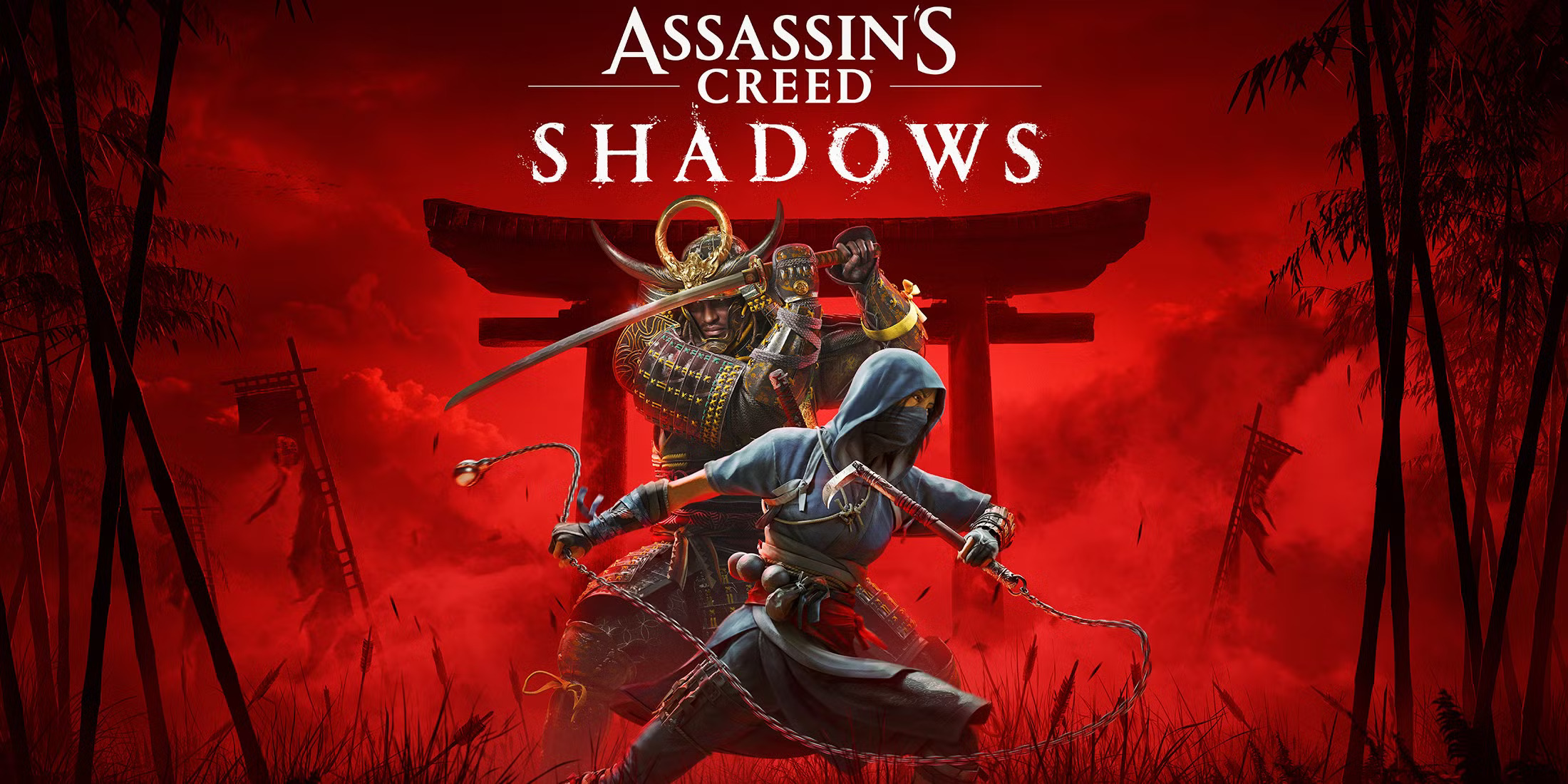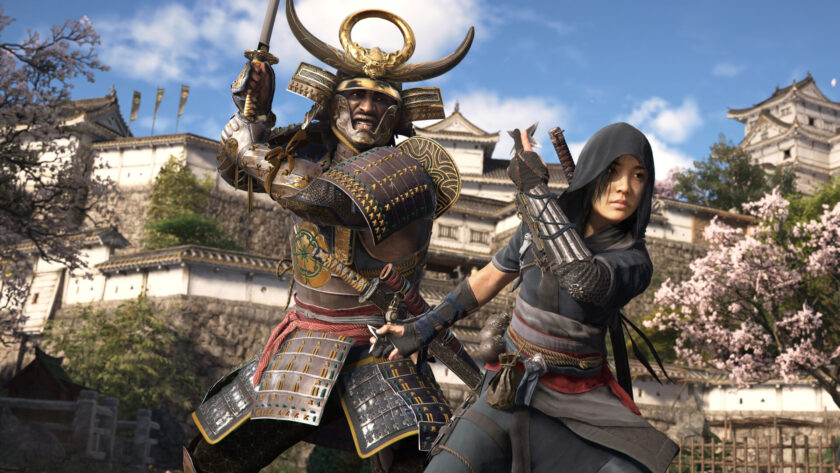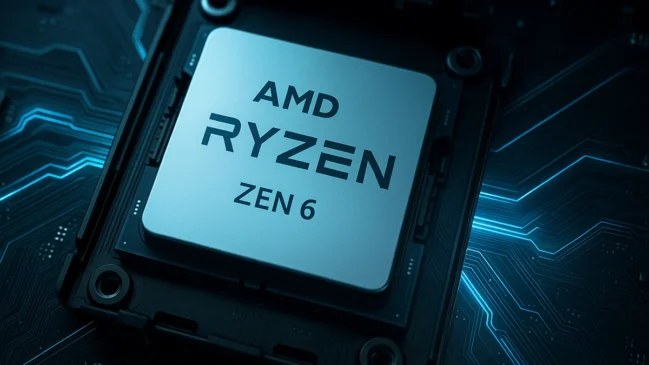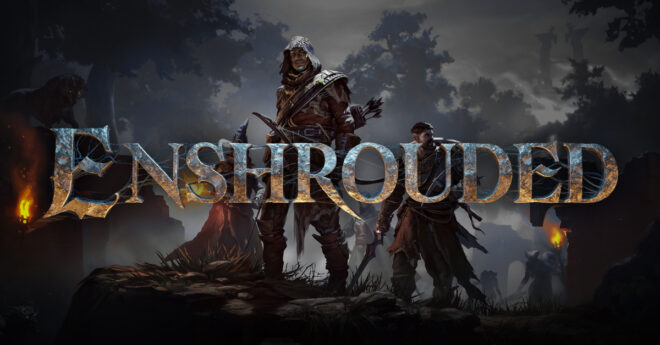
Assassin’s Creed: Shadows marks a triumphant return to form for the storied franchise—a game that boldly marries the razor-sharp stealth of the series’ early days with the expansive, narrative-rich worldbuilding of its modern RPG entries. Set in a stunning, meticulously rendered feudal Japan, Shadows lets you embody two distinct heroes: Naoe, the swift and lethal shinobi whose every silent step is poetry in motion, and Yasuke, the formidable samurai who charges headlong into battle. After sinking over 60 hours into its beautifully layered environments—from tranquil tea sets and hidden temples to chaotic combat encounters—I quickly realized that while the game’s exploration and combat systems are nothing short of breathtaking, its narrative occasionally meanders and the balance between its dual protagonists isn’t always seamless. Yet even with its minor flaws, Shadows succeeds in recapturing the emotional depth and ingenuity that defined the franchise during its golden era, offering both die-hard fans and newcomers a journey that feels as nostalgic as it is fresh.
AT A GLANCE
Genre: Action, Adventure, RPG
Developer: Ubisoft Quebec, Ubisoft Belgrade, Ubisoft Bordeaux, Ubisoft Bucharest & Craiova, Ubisoft Chengdu, Ubisoft Montpellier, Ubisoft Montreal, Ubisoft Osaka, Ubisoft Philippines, Ubisoft Shanghai, Ubisoft Singapore, Ubisoft Sofia, Ubisoft Ukraine
Publisher: Ubisoft
Release Date: 20 Mar, 2025
Story
Assassin’s Creed: Shadows weaves a narrative that both honors and challenges the storied legacy of the franchise. Set against the evocative backdrop of feudal Japan’s Sengoku period, the story follows two protagonists—Naoe, a lithe, emotionally driven shinobi, and Yasuke, a powerful Afro-Portuguese samurai grappling with the weight of being an outsider. This dual narrative approach is a marked departure from the single-protagonist arcs of earlier entries, yet it harks back to the emotional depth and historical immersion that defined the series’ golden era.
At its core, Shadows tells a tale of personal loss, revenge, and the relentless pursuit of justice. Naoe’s journey is reminiscent of the path that endeared fans to Ezio Auditore in Assassin’s Creed II, Brotherhood, and Revelations. Like Ezio, she is haunted by tragedy—a loss that fuels her mission to dismantle a corrupt order. Her character is crafted with an attention to subtlety: her silent, deadly movements and the poignant quiet moments of reflection evoke a sense of nostalgia for the series’ earlier, more personal narratives. However, unlike Ezio’s richly layered Renaissance tale, Naoe’s story sometimes feels fragmented by the necessity of intertwining it with a secondary narrative.

Enter Yasuke, whose character provides a stark contrast. A samurai molded under the shadow of historical legends like Oda Nobunaga, Yasuke’s arc is steeped in themes of honor, exclusion, and the struggle to assert one’s identity in a rigid social order. While his combat prowess is undeniable—his every heavy blow exudes the raw power of a warrior—his narrative occasionally takes a backseat. In previous entries like Assassin’s Creed: Valhalla or Odyssey, the protagonist’s story was given ample space to evolve organically. In Shadows, however, Yasuke’s role is more utilitarian; he serves as the muscle of the duo, and while his presence enriches the gameplay dynamic, his personal stakes and inner turmoil aren’t explored with the same intensity as Naoe’s.
The story’s structure itself is a blend of classic Assassin’s Creed elements and modern RPG storytelling. The return of the Animus hub and the layering of flashbacks tie the modern-day narrative to the historical saga, echoing techniques used in earlier games. Yet, unlike the tightly woven narratives of the Ezio trilogy, the storyline in Shadows sometimes appears to bounce between episodic vignettes—each a set piece of intrigue or high-octane assassination—that can leave the overall arc feeling scattered. Choices presented during dialogues and side missions, while offering a nod to RPG mechanics, ultimately feel inconsequential, failing to carry the weight of decisions that defined narrative pivots in games like Baldur’s Gate or even in the more narrative-driven moments of Origins.
Where previous games often embraced a singular, linear story—be it Ezio’s rise from a troubled youth to a master assassin or Eivor’s conflicted journey through Viking conquests—Shadows opts for a bifurcated tale that, while ambitious, struggles to consistently balance its two halves. This split narrative allows players to experience contrasting combat styles and perspectives, yet it occasionally dilutes the emotional impact by shifting focus too rapidly between characters.
In the end, Assassin’s Creed: Shadows is a love letter to the series’ roots—a return to a more intimate, historically grounded storytelling reminiscent of the early titles—while simultaneously attempting to push the narrative envelope with dual protagonists and expansive RPG elements. It’s a bold experiment that delivers breathtaking set pieces and immersive environments, even if its narrative cohesion isn’t always as refined as its predecessors.
Gameplay
Assassin’s Creed: Shadows reinvigorates the franchise’s gameplay by blending classic stealth mechanics with modern, streamlined RPG elements, creating an experience that feels both nostalgic and refreshingly new. The game’s dual protagonist system—featuring Naoe, the agile, stealthy shinobi, and Yasuke, the powerful, head-on samurai—offers a balanced dynamic that distinguishes Shadows from its immediate predecessor, Assassin’s Creed Valhalla.

Where Valhalla often emphasized vast, sprawling maps filled with extensive side activities and repetitive resource grinding, Shadows opts for a more contained yet richly detailed open world. Set against the breathtaking backdrop of feudal Japan, the environments in Shadows are meticulously crafted, balancing dense urban centers with serene natural landscapes. Instead of feeling overwhelmed by the sheer scale, players find themselves drawn into a world where every pathway, temple, and hidden grove is packed with meaningful exploration. The game’s approach to exploration is deliberate—viewpoints reveal only partial surroundings, encouraging players to physically traverse the landscape and uncover its secrets at their own pace. This shift from hand-holding to discovery contrasts sharply with Valhalla’s more guided, marker-heavy experience.
Combat in Shadows is another area where the game makes a marked departure from Valhalla’s formula. In Valhalla, combat could sometimes feel heavy and methodical, emphasizing brute strength and a slower pace. Shadows, however, offers a dual-layered combat system that caters to different playstyles. Naoe’s encounters are defined by fluid, fast-paced stealth kills, leveraging a refined version of the classic hidden blade mechanic. Her ability to traverse rooftops, slip through shadows, and execute rapid assassinations creates a visceral and engaging combat rhythm reminiscent of the early Assassin’s Creed titles. In contrast, Yasuke’s gameplay focuses on direct confrontation—he charges into battle with a weighty, impact-driven style that rewards precise timing and strategic positioning. This juxtaposition not only enriches the overall combat experience but also ensures that players can choose a tactical approach that suits the situation at hand.
The dual protagonist setup is one of the game’s standout features, offering two distinct sets of abilities and narrative arcs that complement each other. However, while the system is largely effective, there are moments when the balance feels skewed; Naoe’s agility and stealth often steal the spotlight, leaving Yasuke’s raw power as a secondary option rather than an equally vital gameplay mode. Still, the option to switch between these characters—albeit with some minor restrictions during active combat—adds a strategic layer that enhances replayability and keeps the action dynamic.
Furthermore, Shadows refines the RPG elements by streamlining the skill tree and leveling system. Unlike Valhalla’s often tedious grind, Shadows allows players to quickly unlock abilities that genuinely affect their playstyle, offering meaningful choices without overwhelming the experience. The integration of side activities, such as painting wildlife or exploring ancient ruins, provides meditative breaks from the intense combat, contributing to a well-rounded gameplay loop.

Assassin’s Creed: Shadows successfully marries the stealthy precision of the series’ early days with the expansive, immersive open-world design of its recent entries. By offering a more focused, character-driven experience with balanced combat and rewarding exploration, Shadows not only feels like a refreshing update but also reclaims the narrative and mechanical spirit that originally made Assassin’s Creed so compelling—standing in vivid contrast to the more cumbersome approach seen in Valhalla.
Visuals, Audio and Technical Performance
Assassin’s Creed: Shadows stands out as one of the most visually arresting entries in the franchise, thanks to its meticulous attention to detail, dynamic environmental effects, and a suite of technical improvements that set a new benchmark for the series. Set in feudal Japan’s Sengoku period, the game’s world is a breathtaking tapestry of vibrant landscapes and intricately crafted architecture that both honors historical accuracy and elevates the player’s sense of immersion.
At the heart of Shadows’ visual appeal is its art direction. The environments burst with life, from the tranquil serenity of cherry blossom groves and meticulously designed Japanese gardens to the imposing, weathered fortresses that punctuate the horizon. Each region is rendered with a precision that not only captures the grandeur of ancient Japan but also emphasizes the interplay of light and shadow—a core element of the Assassin’s Creed identity. Dynamic weather systems enhance this effect, with torrential rains transforming paths into muddy challenges, sudden snow blizzards cloaking the world in an ethereal white, and gentle winds rustling through dense foliage. These elements aren’t just aesthetic flourishes; they directly contribute to gameplay by influencing visibility and navigation, thereby deepening the sense of realism.

Technically, Shadows benefits from significant engine improvements, leveraging the latest iteration of Ubisoft’s Anvil engine. Compared to recent predecessors like Valhalla, Shadows offers a more refined technical experience. I got very stable framerates even in visually dense scenes, which is a leap forward from the sometimes-inconsistent performance seen in previous large-scale open-world entries.
Lighting and textures have received a major overhaul as well. Shadows employs advanced ray tracing techniques that produce realistic reflections and ambient occlusion, giving surfaces a tangible depth and a sense of weight that earlier titles struggled to achieve. This enhanced lighting plays a crucial role in emphasizing the game’s stealth mechanics, as shadows become not only a gameplay element but also a narrative tool, reinforcing the core theme of concealment and subtlety that has always defined the franchise.
Complementing these visuals is an evocative soundtrack that expertly marries traditional Japanese musical elements with modern orchestral arrangements. The music evolves dynamically to mirror the game’s shifting moods—from serene, meditative tunes during exploration to pulse-pounding, adrenaline-fueled scores in the midst of combat. This breadth in musical style not only enriches the atmosphere but also provides players with an emotional undercurrent that heightens both tension and triumph. Compared to Valhalla’s grand, cinematic compositions, Shadows opts for a more intimate auditory experience that echoes the personal journeys of its dual protagonists.
Final Thoughts
Summary
Assassin's Creed: Shadows stands as a triumphant return to form for the franchise, blending the nostalgic stealth and narrative depth of its early days with modern RPG innovations. The game's beautifully rendered feudal Japan world, complete with dynamic weather and meticulous architectural details, immerses players in an environment that is both historically rich and visually breathtaking. Despite minor narrative and gameplay quirks, Shadows delivers a compelling, refined experience that honors the series' legacy while boldly charting a fresh, innovative course for its future.






